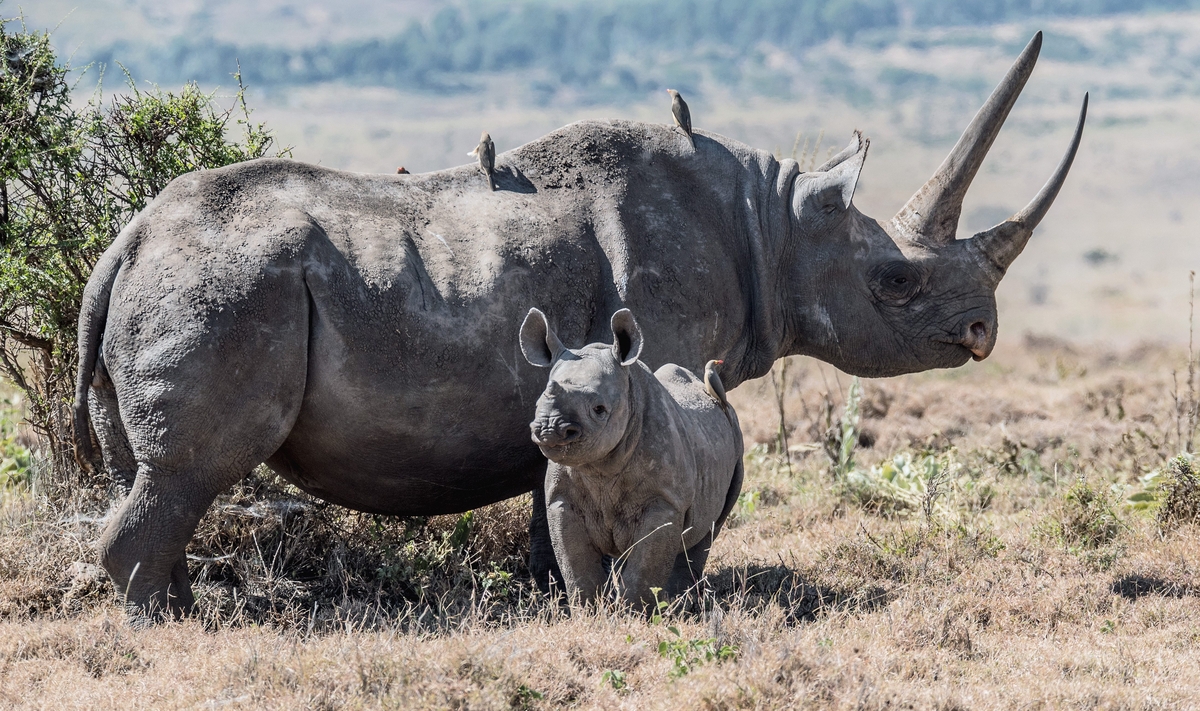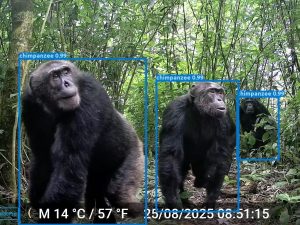Algorithms are a new tool in the fight against the trade of black market ivory tusks, pangolin scales and tiger skins. A group of researchers at the University of Southern California is working on technology to help rangers stay a step ahead of poachers.
The Teamcore lab at USC’s Center for Artificial Intelligence in Society is working on an AI-driven application called PAWS, short for Protection Assistant for Wildlife Security, which aims to equip wildlife defenders with optimized patrol routes.
PAWS consists of both a predictive and prescriptive component. A machine learning algorithm uses information from past poaching events and publicly-accessible topographical data to make risk calculations about where future poaching attacks may occur. A game theory framework, utilizing a branch of mathematics focused on the interaction between two or more participants, generates a sequence of GPS locations for the rangers to patrol.
Similar to a game of chess, PAWS anticipates the actions and reactions of the poachers and rangers. Wildlife defenders using the software receive recommended patrol routes based on the probability of attacks and predicted poacher behavior. The routes are randomized so that the poachers can not predict which regions of protected areas will be patrolled.
Lire la suite: www.uscannenbergmedia.com







